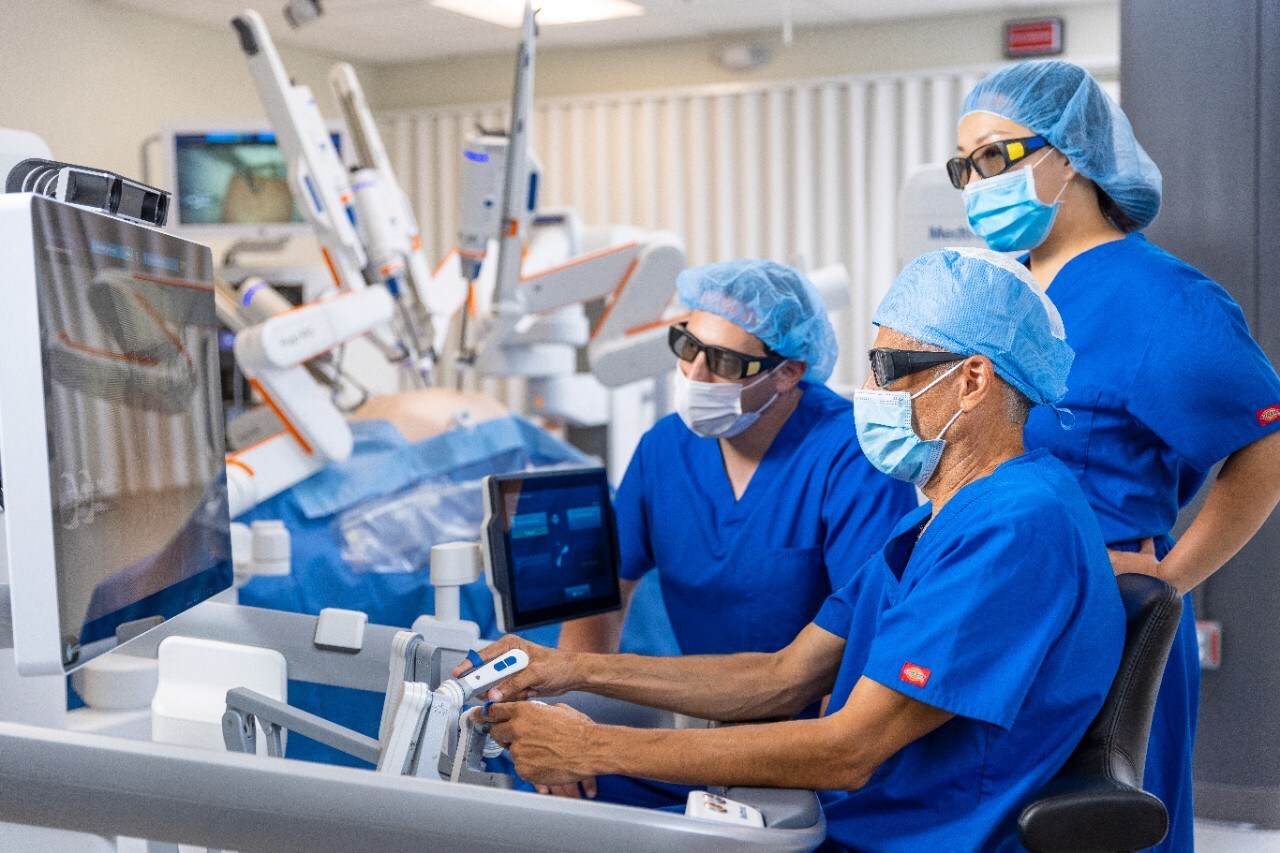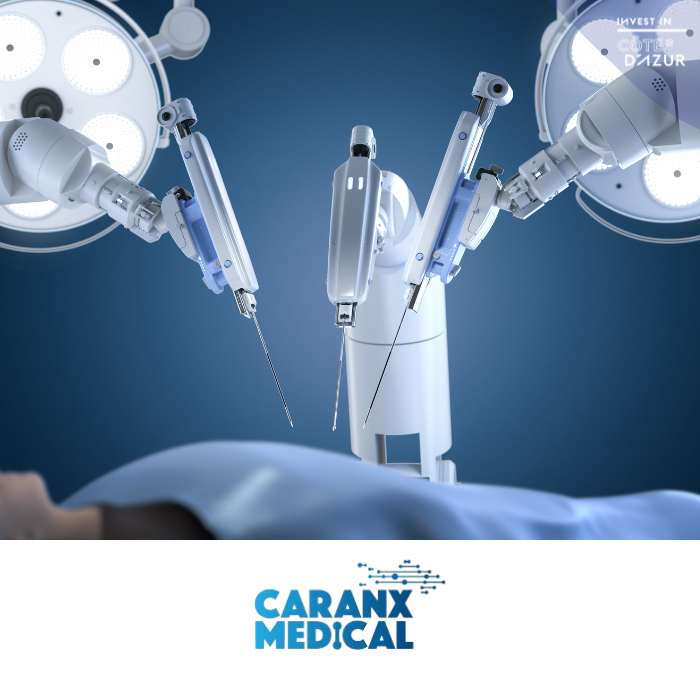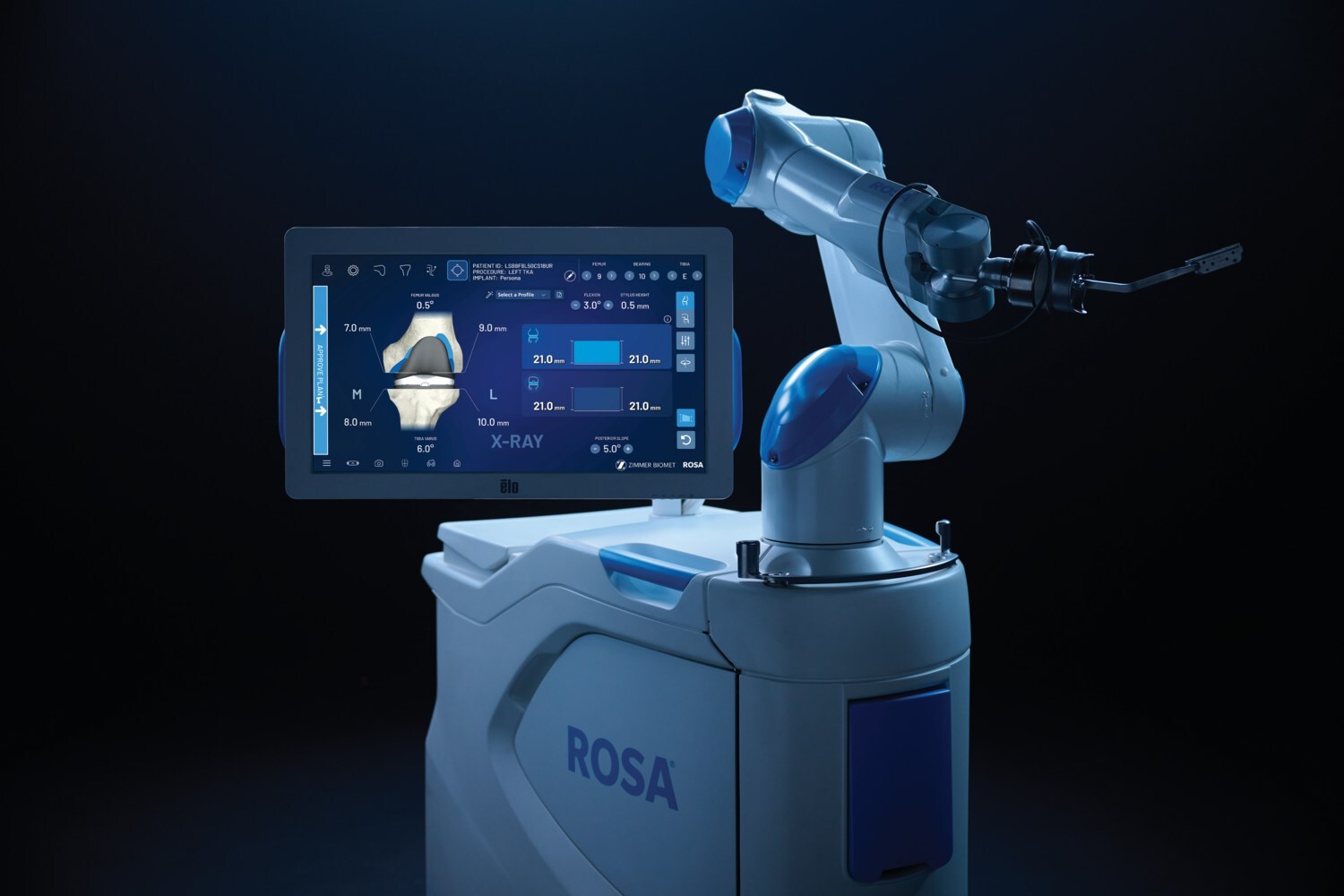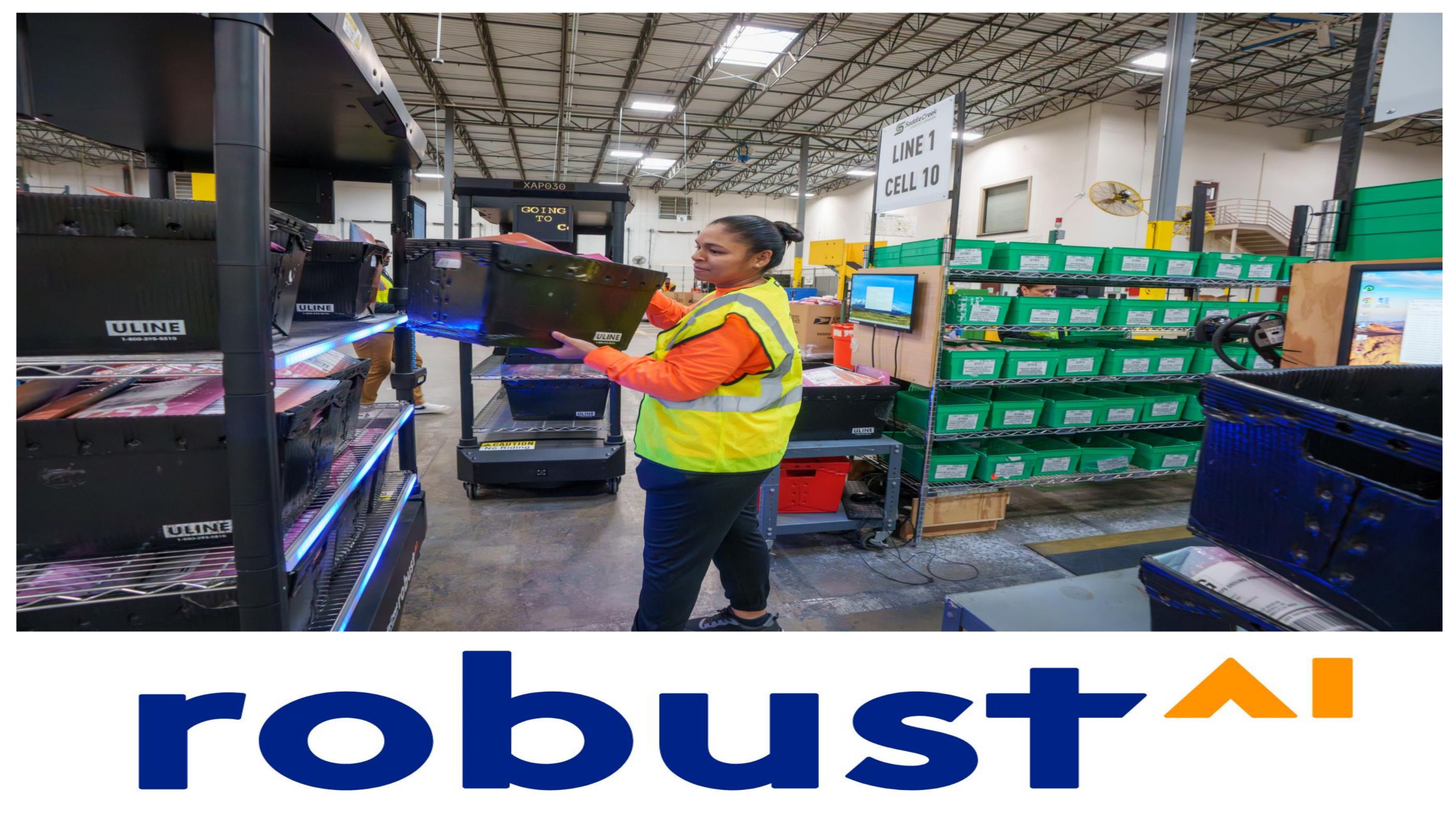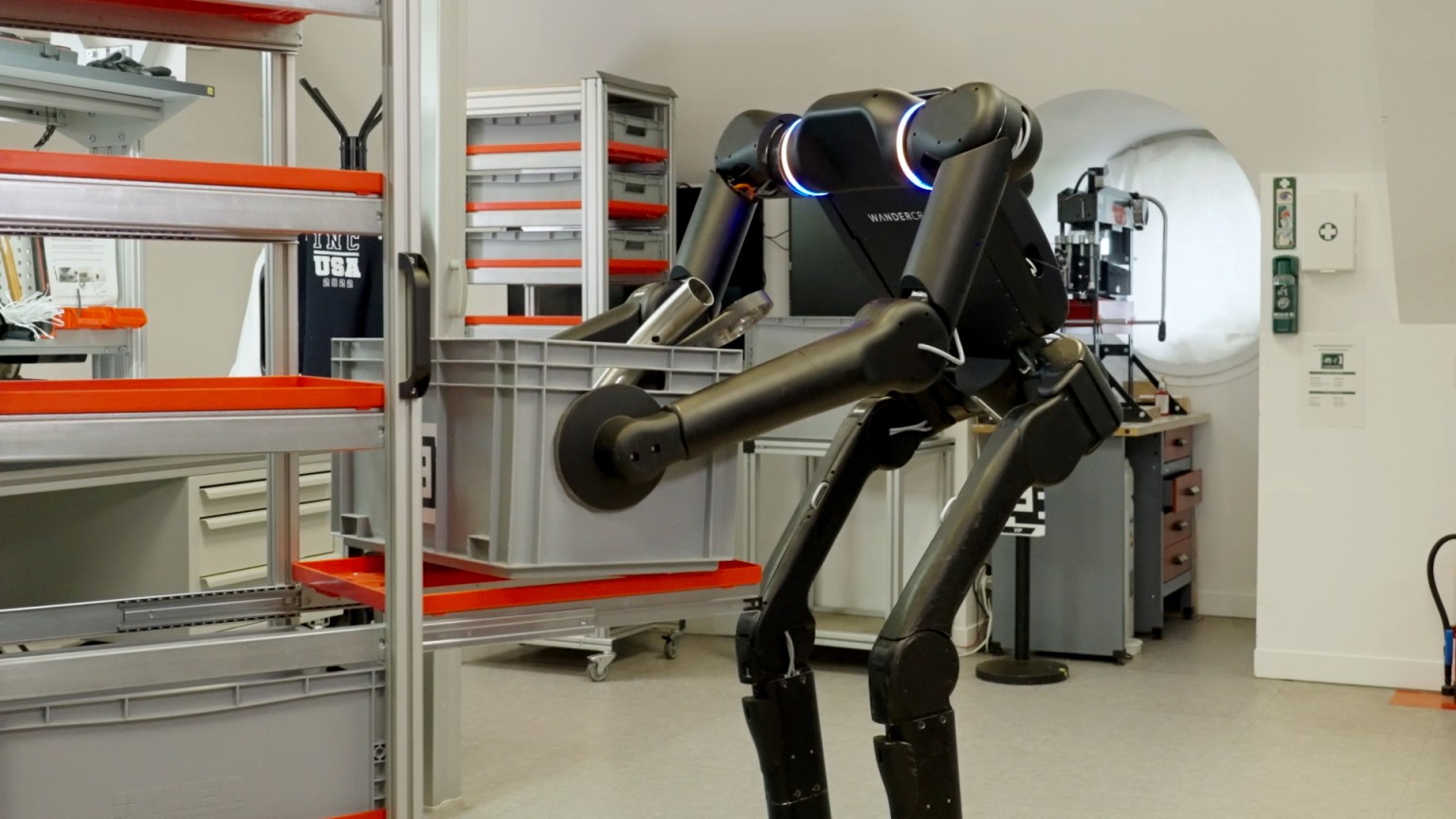Medtronic Hugo™ Robotic Surgery System Surpasses Safety and Effectiveness Goals in Pioneering U.S. Hernia Repair Study
Enable Hernia Repair clinical trial demonstrates 100% surgical success rate and minimal surgical site events, advancing robotic-assisted hernia surgery in the United States.
Image Courtesy: Public Domain
Medtronic plc announced results from the Enable Hernia Repair clinical study evaluating the performance of the Hugo™ robotic-assisted surgery (RAS) system in inguinal and ventral hernia repair procedures. Enable Hernia Repair is the first-ever Investigational Device Exemption (IDE) clinical study completed for robotic-assisted hernia surgery in the United States.
Primary safety and effectiveness endpoints were met, supporting use of the Hugo RAS system in hernia repair procedures.
"The Enable Hernia Repair clinical study didn't just meet primary endpoints, it far surpassed them," said Dr. Jacob Greenberg, national principal investigator of the Enable Hernia Repair study and gastrointestinal surgeon at Duke University Hospital. "I am proud to have had the opportunity to advance clinical research in robotic-assisted surgery for the benefit of patients in the United States and around the world."
Enable Hernia Repair is a prospective, multi-center, single-arm pivotal study that included 193 patients undergoing either inguinal or ventral robotic hernia repair with the Medtronic Hugo™ RAS system. Key findings include:
- The study met the primary effectiveness endpoint:
̵ The surgical success rate† was 100%, surpassing the pre-specified performance goal of 85%. (p<0.0001)
- The study met the primary safety endpoint for both cohorts, which were analyzed independently:
̵ Inguinal: Among 92 patients available for analysis, the surgical site event‡ (SSE) rate was 0.0%, which is significantly lower than, and meeting, the pre-determined performance goal of 30% (p <0.0001).
̵ Ventral: Among 94 patients available for analysis, the SSE rate was 2.1%, which is significantly lower than, and meeting, the pre-determined performance goal of 30% (p <0.0001); two SSEs were recorded and resolved without complication.
"The addition of the Hugo platform to our field introduces exciting new opportunities to innovate and advance robotics in the best interests of patients, surgeons, and hospital systems while clearly offering the clinical results we expect from robotic-assisted surgery," said Dr. David Chen, a general surgeon at UCLA and lead presenter of the Enable Hernia Repair data at the American Hernia Society (AHS) meeting in Nashville, Tenn.
Every year, nearly 1.5 million hernia repair surgeries are performed in the United States, making hernia repair one of the most common surgeries for adult men and women.i,ii Hernia repair addresses conditions where part of the intestine bulges through weakened abdominal muscles. Left untreated, hernias can lead to pain, digestive troubles, swelling, or infection.iii Surgical repair is currently the leading effective treatment, with innovation in minimally invasive approaches including mesh technology helping advance patient care.
In the Enable Hernia Repair clinical study, the mean length of hospital stay was 4.7 hours for inguinal patients and 6.7 hours for ventral.
"We're grateful for the opportunity to partner with clinical teams to treat this common and often painful condition for millions of patients around the world," said Rajit Kamal, vice president and general manager of Robotic Surgical Technologies within the Surgical business of Medtronic. "Adding a digitally-powered robotic-assisted surgery system to our laparoscopic and open surgery solutions for hernia repair gives surgeons more choice and patients greater access to the care they need — and we believe that's a win for everyone."
The study builds on the growing body of evidence for Hugo including the Expand URO U.S. clinical study, which also met safety and effectiveness endpoints, and nearly 300 independent publications by surgeons using the Hugo RAS system.
Born out of Medtronic's 75-year commitment to expanding access to minimally invasive surgical options worldwide in partnership with clinicians, the Hugo RAS system is clinically used in 30+ countries on five continents.
In the U.S., the company's submission for a urology indication is under review by the Food and Drug Administration, with a U.S. urology indication expected later in the company's current fiscal year, followed by planned indication expansions into hernia repair and gynecology.
The Medtronic Hugo RAS system is commercially available in certain geographies. Regulatory requirements of individual countries and regions will determine approval, clearance, or market availability. In the EU, the Hugo™ RAS system is CE marked. In the U.S., the Hugo™ RAS system is an investigational device not for sale.


